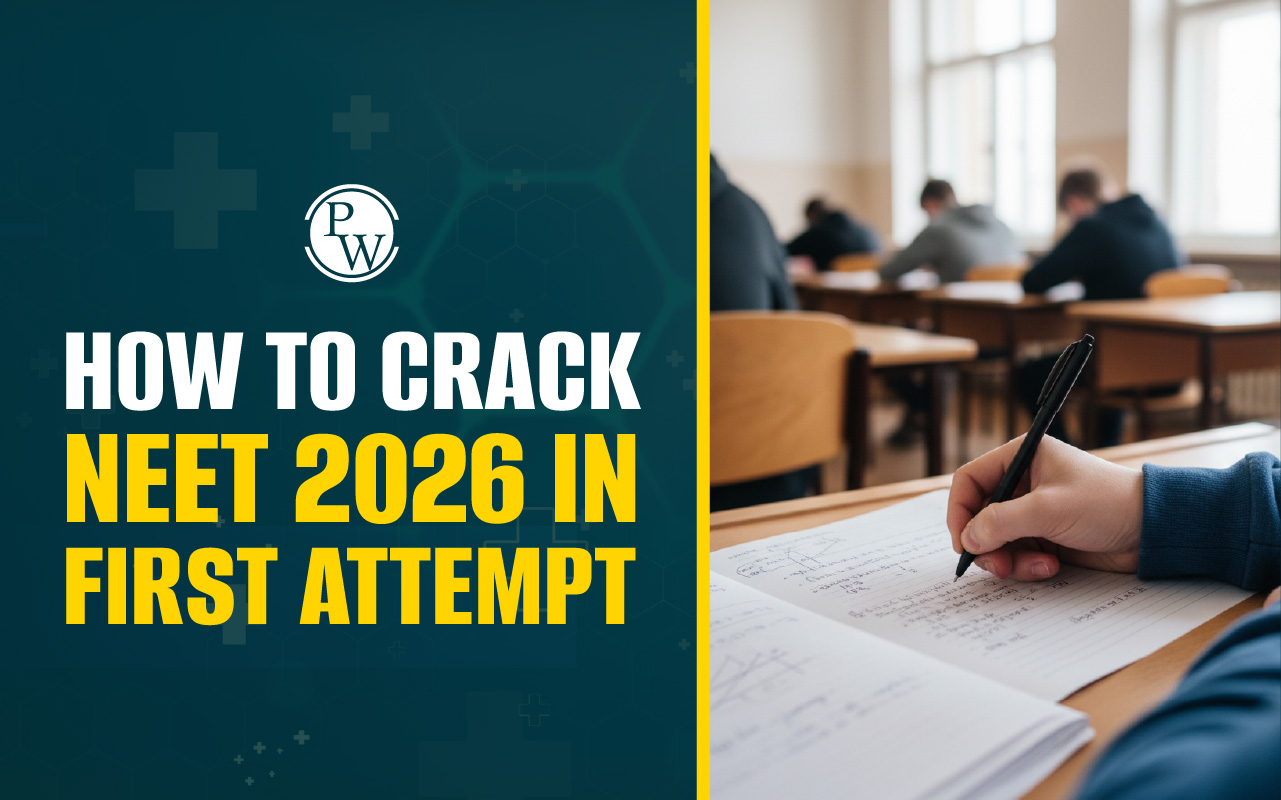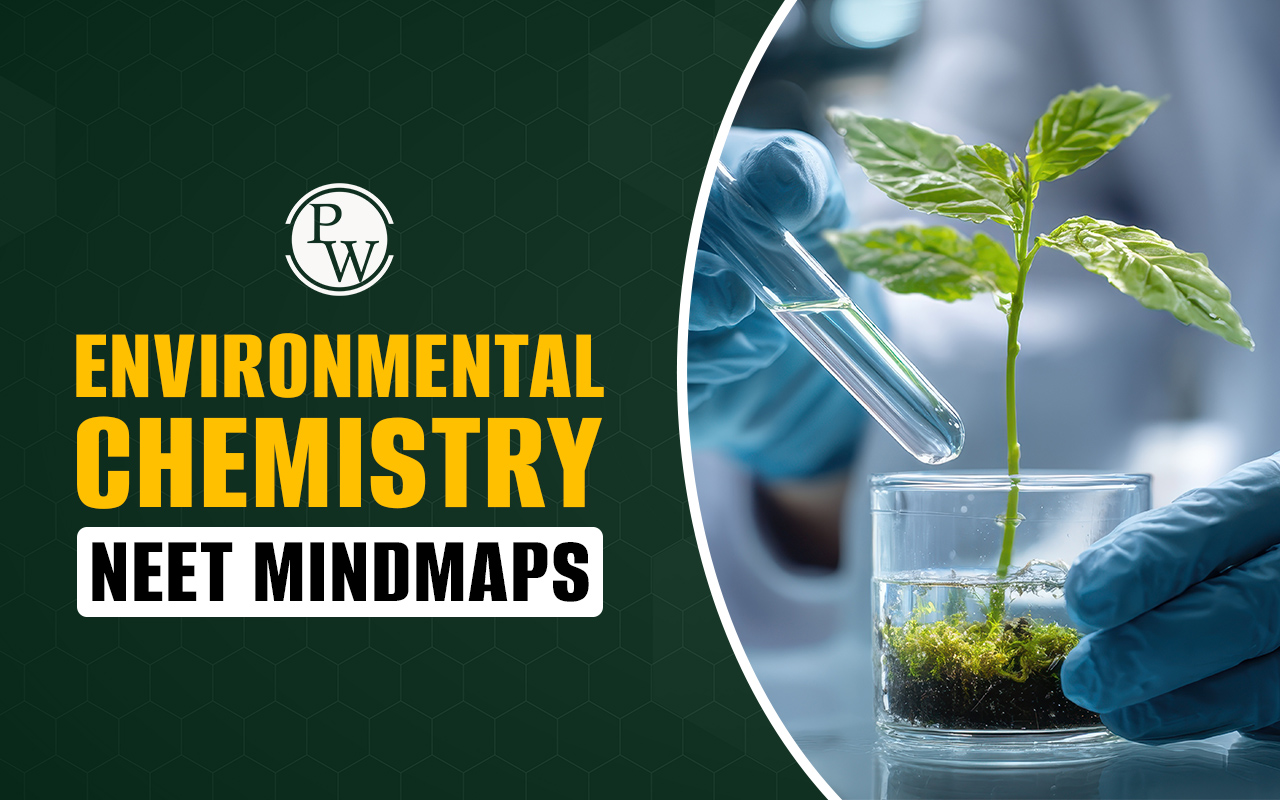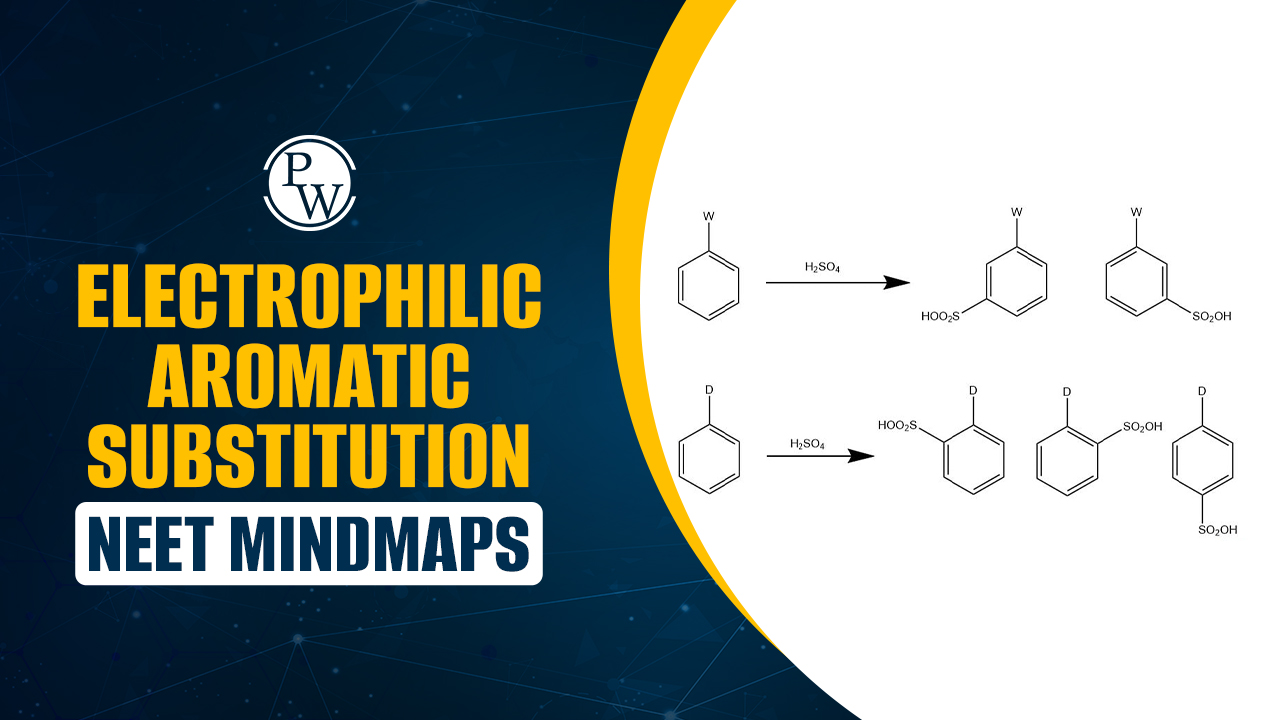

Difference Between Environment and Ecosystem: The concepts of environment and ecosystem are closely related in ecology. The main distinction is in their scopes: the environment includes immediate surroundings such as soil, air, and water, whereas the ecosystem refers to a community of living species and their interactions with nonliving elements.
The environment refers to everything around us, living and non-living, whereas the ecosystem is a broader concept that includes the environment. Simply put, the environment is where living things exist, whereas the ecosystem is a dynamic community in which both living and non-living elements interact. It's important to understand the connection between the environment and ecosystem. This article will explain the difference between environment and ecosystem concepts.| NEET Biology Syllabus | NEET Biology Diagrams |
| NEET Biology MCQ | NEET Biology Chapter wise Weightage |
| NEET Biology Notes | NEET Previous Year Question papers |
Difference Between Environment and Ecosystem Overview
The environment refers to the changing surroundings, whereas the ecosystem refers to the interaction of the environment with the organisms that live there. The environment refers to the surroundings in which living organisms live, which includes elements such as water, air, living and non-living beings on Earth. It serves as the backdrop for life, continuously changing with the elements in its vicinity, defining the existence and providing a space for activities. On the other hand, the ecosystem represents a community in which living organisms coexist with other elements of the environment.
The ecosystem, consisting of biotic and abiotic components, provides a system for organisms to live and navigate their surroundings. This interaction maintains equilibrium and stability by overseeing various aspects such as food provision, temperature regulation, and seasonal adjustment. Each element in the ecosystem plays a distinct role, contributing to the interactions among the diverse components. The following article will detail the difference between environment and ecosystem in tabular form.
Difference Between Environment and Ecosystem
The environment refers to the immediate surroundings, whereas the ecosystem refers to the interactions between the environment and living species. The environment provides habitat for living things, and an ecosystem is a community in which biotic and abiotic factors interact. There is a link between the environment and the ecosystem, and the table below details the differences between them:
|
Difference Between Environment and Ecosystem |
||
|---|---|---|
| Aspect | Environment | Ecosystem |
| Definition | Surroundings and conditions where organisms live | Interdependent community of organisms and environment |
| Components | Physical and biological elements | Biotic (living) and abiotic (non-living) factors |
| Scale | Ranges from small areas (e.g., pond) to large regions (e.g., continent) | Relatively smaller, focuses on specific habitats within an environment |
| Interactions | Organisms interact with each other and their physical surroundings | Organisms interact with each other and their physical surroundings in a defined area |
| Function | Provides context for life, sustains living organisms | Represents a functional unit with energy flow and nutrient cycling |
| Size | Can be observed or studied at various levels, from local to global | Commonly studied at a more localized and specific level |
| Dependency | Organisms dependent on the environment for resources and survival | Organisms interdependent within the ecosystem, relying on each other for various needs |
| Scope | Broader, covering overall physical and biological elements | Narrower, focusing on a specific community and its interactions |
| Study | Environmental science focuses on understanding the environment and its impact | Ecosystem ecology studies the structure, function, and dynamics of ecosystems |
| Hierarchy | Environment consists of multiple ecosystems | Ecosystems are part of the broader environment |
Environment
The environment is everything around us, including both living and non-living elements like soil, water, animals, and plants that adapt to their surroundings. It represents nature's contribution, essential for sustaining life on Earth. The environment has a significant impact on a person's growth and development, influencing their behavior, body, mind, and emotions. Each environmental resource is by definition important and valuable, providing a diverse range of products and services critical to life maintenance of land, for example, can be converted into a park, a housing society, a shopping mall, or even a waste disposal facility.
Unfortunately, environmental conditions have deteriorated due to human activities, modernization, and industrialization. The consequences of this imbalance include deforestation, air pollution, acid rain, and soil erosion, all of which have an impact on living organisms. Prioritizing environmental protection, taking an active role in preservation efforts, and making sure that our surroundings remain healthy are all essential.
Ecosystem
All of the living and nonliving objects found in a certain geographic area—which can be a nation, region, island, or even the entire planet—make up the ecosystem. It represents a natural community that has grown in a particular location because its physical and chemical components are derived from the interactions of living and nonliving elements, such as soil and water. When ecosystems have stable internal structures and clearly defined physical boundaries, they live long lives. Ecology is the field of study that involves the study of interacting species, individual members, biogeochemical systems, abiotic factors, and energy relationships. When plants are removed from a pond and it is neglected, all living things eventually die and the pond becomes lifeless and desolate. Similarly, birds moving their nests because of changes in the surroundings indicate discontent, which could result in issues like famine.
Difference Between Environment and Ecosystem FAQs
What are examples of ecosystems and environments?
Which is larger, an ecosystem or an environment?
How is the difference between environment and ecosystem?
What are examples of environments?
What advantages do ecosystems offer?












